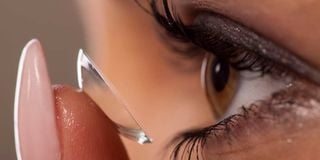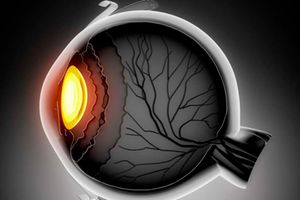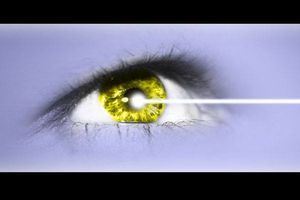What is eyelid twitching? Causes, symptoms & treatment

If you wear contact lenses, make sure they are not irritating or too dry for your eyes.
What you need to know:
- Myokymia. Occurs when small, involuntary movements of the muscles cause an odd fluttering sensation under your eyelids.
- Hemifacial spasm. People who experience this condition report muscle spasms on one side of the face.
- Benign essential blepharospasm. This type is rare and occurs when the muscles around the eyelids contract uncontrollably, shutting the eye.
Eyelid twitching causes eyes to twitch uncontrollably, usually at random intervals. The most common symptom of this disorder is one eye randomly twitching. Some people experience this as an annoying twitch, while others don't feel it at all. Twitching can occur on one side of the face or on both. Occasionally, it can affect other facial muscles such as those around the mouth.
Understanding the eyelid twitch
Also known as myokymia, eyelid twitching is a common disorder that affects the muscles in your eyelids. It's characterised by an uncontrolled spasm in one or both eyes. Eyelid twitching can occur on its own or due to another condition.
Most people only experience occasional eyelid twitches that go away on their own.
However, this disorder can be bothersome and persist for weeks or months for some people.
Causes of eyelid twitching
There are many causes of eyelid twitching, and it can be challenging to determine the exact cause in some cases. Common causes include:
- Fatigue
- Stress
- Caffeine
- Dry eyes/ irritation
- Sleep deprivation
- Eyelid strain
- Some medicines have twitching as a side effect
Eyelid twitching can also be caused by brain and nerve disorders such as multiple sclerosis. See your doctor if you have been experiencing this symptom.
Treating the eye twitch
Treatment is usually straightforward with drugs such as botulinum toxin if muscle spasms cause it. However, surgery (called myectomy) may be required to remove some muscles in the eyelids.
Resting your eyes and getting enough sleep can alleviate the symptoms.
If your eyelid twitch is caused by stress or anxiety, relaxation techniques such as yoga or meditation may help to relieve the tension and stop the cramp.
Limit alcohol and caffeine intake to reduce the frequency of your spasms.
If you wear contact lenses, make sure they are not irritating or too dry for your eyes.
If an allergy causes your eyelid twitch, antihistamines may help to relieve the symptoms. Avoiding the allergen may also help.
If your eyelid twitch is caused by dry eyes, using artificial tears or other lubricating drops may help to relieve the symptoms.
Types of eye twitch
There are three main types of eyelid twitches.
Myokymia. Occurs when small, involuntary movements of the muscles cause an odd fluttering sensation under your eyelids.
Hemifacial spasm. People who experience this condition report muscle spasms on one side of the face. The spasm can be mild or severe. The nerve that controls the muscles on one side of the face is usually damaged or irritated.
Benign essential blepharospasm. This type is rare and occurs when the muscles around the eyelids contract uncontrollably, shutting the eye. In addition, the muscles of the face and neck are sometimes involved in severe essential blepharospasm. When these spasms take hold, it's likely that you won't see for a short time.




